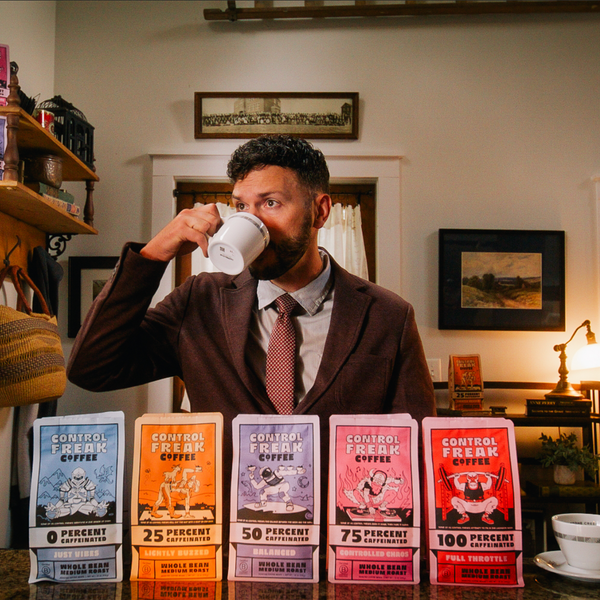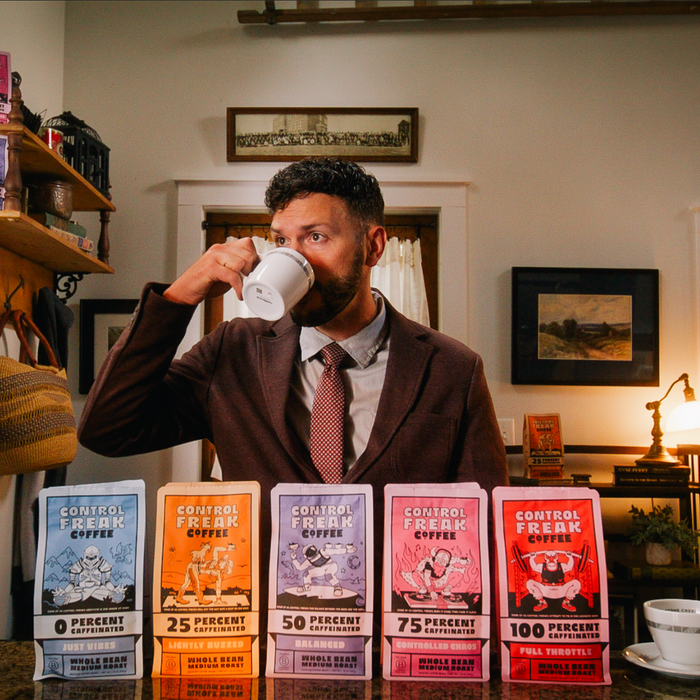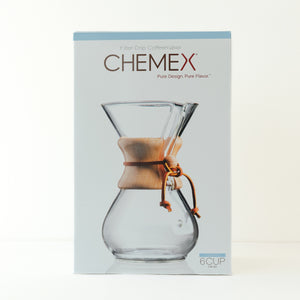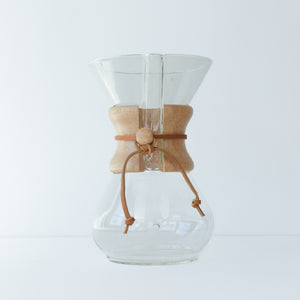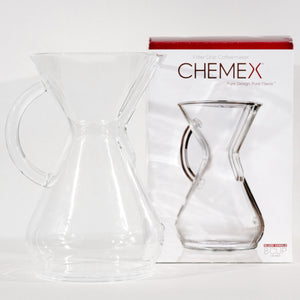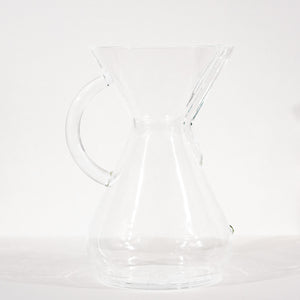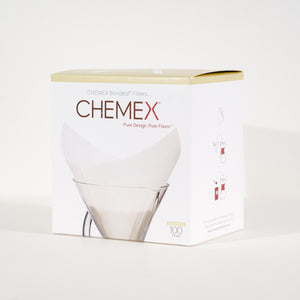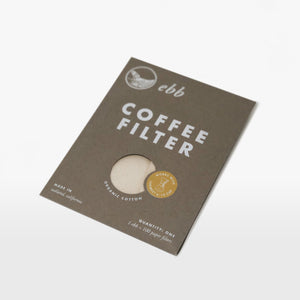Washed vs. Natural: What Coffee Processing Actually Means
Jul 01, 2025
If you’ve picked up a bag of Stone Creek Coffee lately, you’ve probably seen something like “washed” or “natural process” printed on the label. That’s not marketing fluff. It’s a signal, telling you how that coffee was processed after it was picked, and what kind of flavors you’re about to get in the cup.
The way a coffee is processed - meaning, how the fruit is removed from the bean - has a huge impact on how it tastes. And while there are a lot of methods out there, the two most common are washed and natural.
Let’s break it down.
What Is Washed Coffee?
Washed coffee (sometimes called “wet processed”) means the fruit is stripped from the bean before it’s dried.
Here’s how it usually works:
-
Harvesting – Farmers pick the ripe cherries. Most quality farms do this by hand to make sure only the good stuff gets through.
-
Pulping – A machine removes the skin and most of the fruit.
-
Fermentation – The sticky stuff (called mucilage) still clinging to the bean is broken down through fermentation. This usually takes 12 to 72 hours.
-
Washing – After fermentation, the beans are rinsed clean.
-
Drying – Now clean and free of fruit, the beans are dried on patios or raised beds until they hit the right moisture level.
Washed coffees tend to be bright, crisp, clean. With the fruit stripped away early, what you’re tasting is the bean itself—its origin, elevation, soil, and variety. These coffees show off clarity and nuance. If you’re into acidity, florals, or anything “tea-like,” this is probably your lane.
What Is Natural Process Coffee?
Natural coffee takes the opposite approach. The fruit stays on the bean the whole time it’s drying.
Here’s the basic flow:
-
Harvesting – Again, only ripe cherries get picked (ideally), because an underripe cherry can mess up a whole batch.
-
Drying – Instead of being stripped, the whole cherry is laid out to dry in the sun—fruit, skin, and all. This usually takes a couple of weeks. Fermentation also happens during this drying time.
-
Turning – The cherries are turned often to avoid mold or fermentation issues.
-
Hulling – Once dried, the tough outer layers are removed to reveal the green coffee inside.
This process takes more time and care, but it uses far less water and tends to be more sustainable in places where water is limited. Natural coffees are bolder, fruitier, and sometimes a little funky. Think blueberry, strawberry, or tropical punch, often with a heavy body and jammy sweetness. If a washed coffee is like Riesling, a natural might be more like Syrah.
So What’s the Big Flavor Difference?
In a word: fruit.
Washed coffees are all about clarity. They highlight acidity, floral tones, and clean structure.
Natural coffees are all about intensity. You’ll taste bold fruit, a thicker body, and sometimes even winey or fermented notes.
Neither is better. It’s just a matter of what you’re in the mood for.
Environmental Impact & Processing Risk
There are other differences, too:
-
Water Use: Washed coffee takes a lot of water and needs proper wastewater management to avoid pollution. Natural coffee uses little to no water, but demands near-perfect drying conditions.
-
Consistency: Washed coffee tends to be more stable and consistent, thanks to controlled fermentation and cleaning. Natural coffee is riskier, to defects if anything goes sideways, but when it’s done right, it’s unforgettable.
What About “Semi-Washed” or “Honey-Process?”
Yep. Processing isn’t just “washed or natural.” There’s a spectrum.
Semi-washed and honey processing methods are a kind of hybrids. They start like washed coffee, with the skin of the cherry removed, but instead of fully washing off the sticky fruit layer (mucilage), some or all of it is left on the bean during drying. The more mucilage that stays on, the more sweetness and body you get in the final cup.
Here’s the general idea:
-
Pulped like washed coffee (skin removed)
-
Not fully washed – some or most of the mucilage stays on
-
Dried with that sticky layer intact, which influences the flavor
Depending on how much mucilage remains, you might see names like:
-
Yellow Honey – lightly sticky, more toward the washed end
-
Red Honey – thicker layer, more sweetness
-
Black Honey – most of the fruit left on, closer to a natural
Producers might refer to these as semi-washed or pulped natural, especially in Latin America. Terminology can vary regionally, but the concept is the same: it’s an in-between method, designed to get the best of both worlds.
What does it taste like?
Honey and semi-washed coffees often have the clarity and balance of a washed coffee, plus a boost of fruity sweetness and body you’d expect from a natural. You might get ripe stone fruit, brown sugar, or syrupy florals, depending on the origin.
This method also gives producers more control, tweaking fermentation time, drying conditions, and mucilage levels to dial in the flavor. It’s precise, time-intensive work, but when done well, the results are wild.
Final Thoughts
Understanding how coffee is processed isn’t just coffee-nerd trivia—it helps you figure out why your coffee tastes the way it does. Whether it’s a washed Ethiopian with bright lemon and jasmine, or a natural Guatemalan with strawberry and chocolate, the process shapes the story in the cup.
At Stone Creek, we source both washed and natural coffees from producers we know and trust. You’ll see both styles featured year-round - some sparkling clean, some juicy and wild. Sometimes both at once.
So next time you’re shopping online or standing at the cafe wondering what to order, check the process. It might just lead you to your new favorite coffee.

